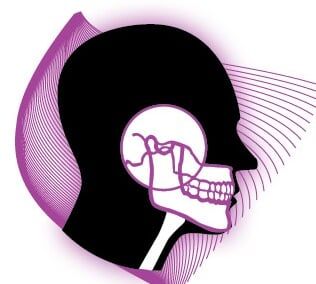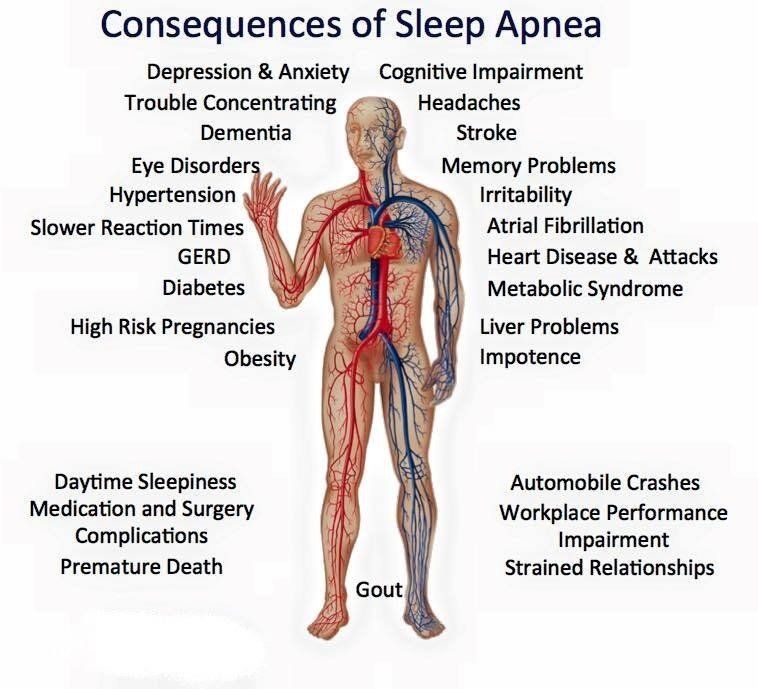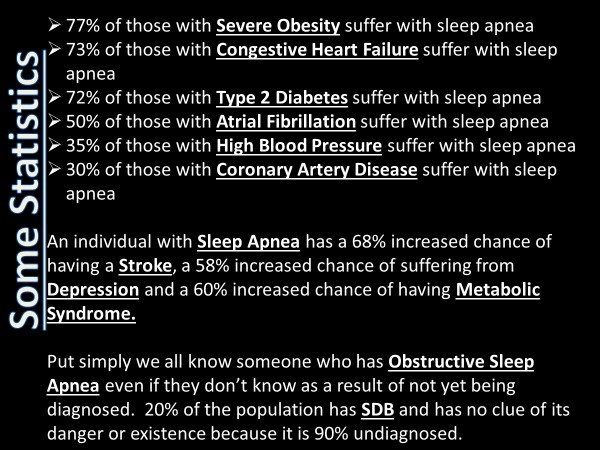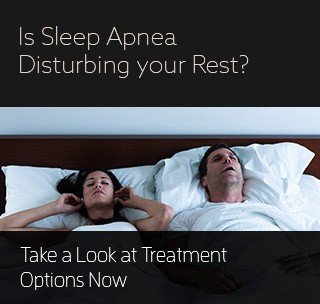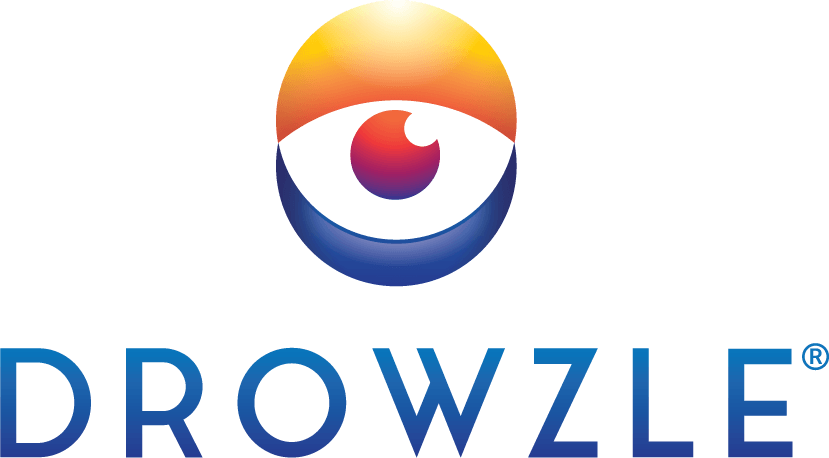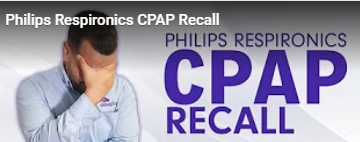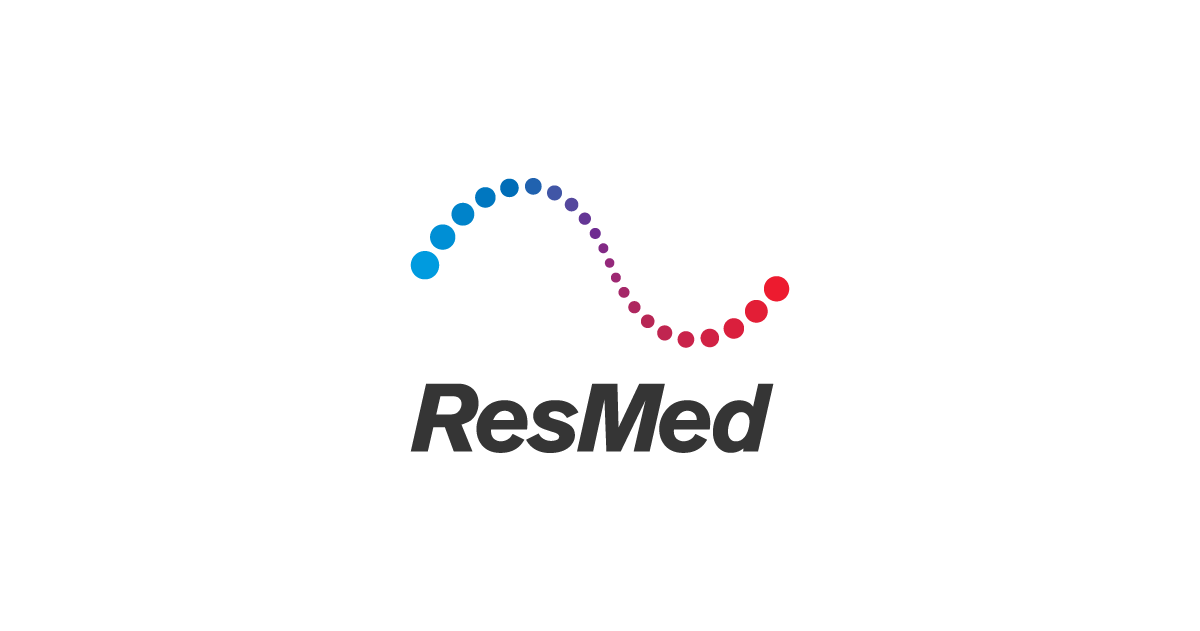After Downloading The Directions & The Screener Complete All Fields &
SAVE AS / NAMED ASScreenerYourNameTo A Folder On Your Computer
Next Complete Submission Form With: - Full Name
- Email Address
- Cell / Home Phone
- Method / Time Of Best Contact
- Full Name
- Email Address
- Cell / Home Phone
- Method / Time Of Best Contact
Select The File You Saved On Your ComputerBeforeClicking Submit
Snore Or Think You May Have Sleep Apnea?Get Freely Screened
Submit Your Completed Screener
Public health and safety are threatened by the increasing prevalence of obstructive sleep apnea, which now afflicts at least 25 million adults in the U.S., according to the National Healthy Sleep Awareness Project. It is now estimated that 26 percent of adults between the ages of 30 and 70 years have sleep apnea. Several new studies highlight the destructive nature of Obstructive Sleep Apnea, a chronic disease that increases the risk of high blood pressure, heart disease, Type 2 diabetes, stroke and depression. “Obstructive sleep apnea is destroying the health of millions of Americans, and the problem has only gotten worse over the last two decades.,
“The effective treatment of sleep apnea is one of the keys to success as our nation attempts to reduce health care spending and improve chronic disease management.”
CPAP
With CPAP we have efficacy but chase compliance in that 50% discontinue its use after one year and 83% quit after five years. Although effective, long term adherence remains near 17%.
Oral Appliances
With Oral Appliances it is said we have compliance but chase efficacy however research has begun to question that finding that they are near equal in outcome because of their dose dependency - meaning that patients prefer Oral Appliances over PAP and wear them comfortably all night where many remove their PAP in the middle of the night. More patients wear their oral appliance longer than they wore their PAP device.

